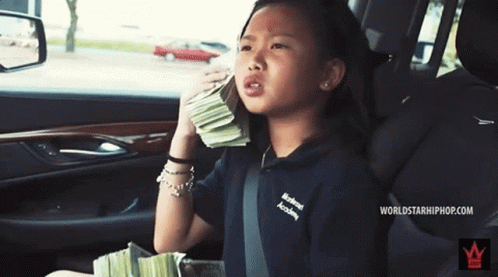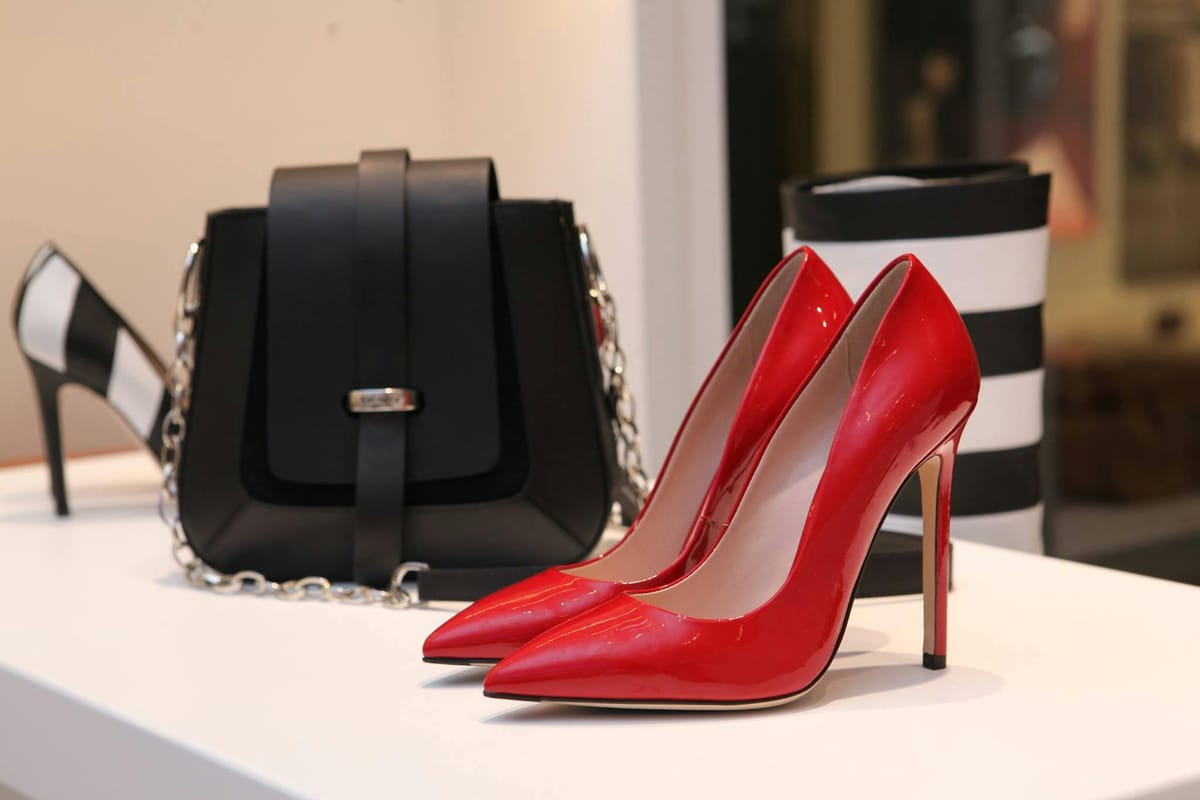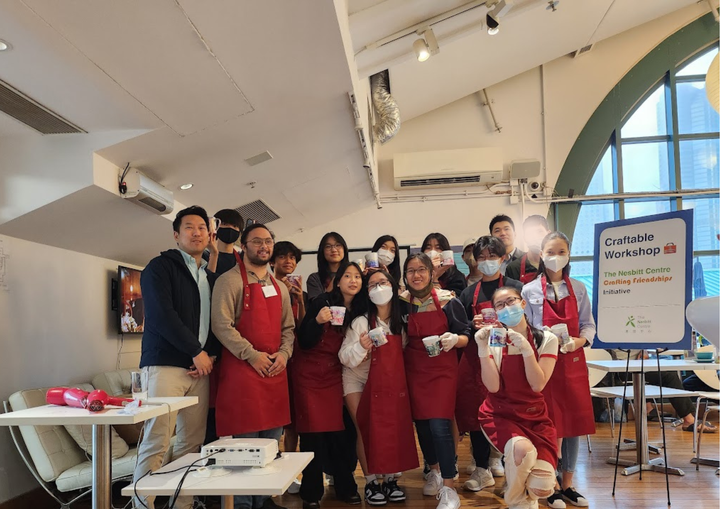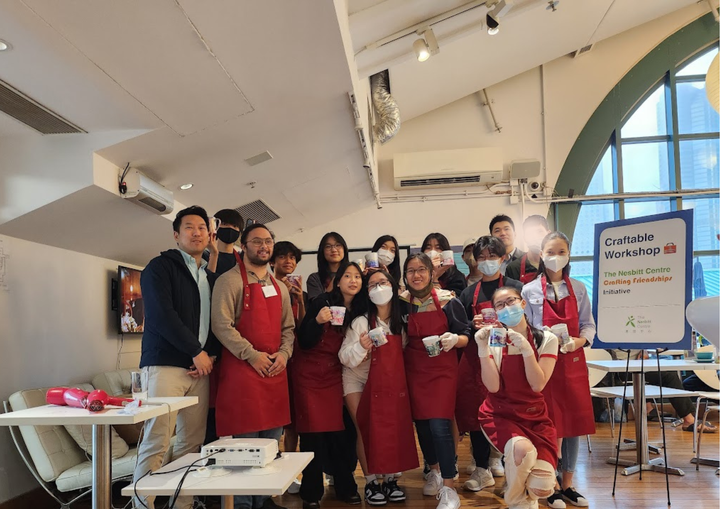The most recent corporate earnings reports for luxury retailers haven't been so great when it comes to sales in China.
🤔What’s going on?
China’s economy is seeing a slowdown, and it’s a big problem for the luxury brands.
The nation’s economy grew by 4.7% in the second quarter of this year, which missed expert forecasts of 5.1%. It was also a dip from the 5.3% growth that was reported in the first quarter of 2024 and a big drop from the 2010s, when the country’s GDP consistently grew by between 6-10% every year.
Most recently, corporate earnings reports for luxury companies haven’t been so great when it comes to sales in China, as the nation’s sluggish economy has created a real drag on the appetite for expensive purchases, especially from European brands.
“The biggest challenge facing fashion brands is how to differentiate themselves in what is an ever-developing space. Of course, aesthetics play a part, but ultimately it is the customer experience that will be remembered and aid in developing brand loyalty,” explained Robert Lockyer, the Chief Client Officer for Delta Global, a high-end retail packaging company, to TMS.
👜What are some of the numbers?
LVMH, the largest luxury conglomerate in the world, reported on July 23 that the company only grew by 1% in the second quarter of this year. On its earnings call, it said that the slow growth was driven by tightening wallets in China. Chinese consumers who are searching for discounts are also traveling to Japan to buy luxury items for less because of the weaker yen, hurting the group’s profits.
Richemont, which is owned by Cartier, reported a 27% drop in sales in China, Hong Kong and Macau for its second quarter, and it barely recovered enough in other markets to cover the sales slowdown.
❓What does this mean?
According to consumer insights agency Canvas 8, the economy’s slowdown is changing people’s shopping behaviors.
For example, more young people are looking for deals through secondhand luxury sales. Others are even flaunting “virtual bling,” which is where they photoshop luxury items into their pics so they can flex without having to spend a cent.
With that said, though, brands that have switched up their offerings and strategies have found some success. Prada’s Miu Miu, a sister luxe brand that positions itself as more youthful, affordable and playful, grew by 89% in the first quarter of 2024 in retail sales compared to 58% in 2023. Miu Miu has become super popular in China, rising on Weibo’s Hot Search List. This increased popularity in Asia also boosted Prada Group’s overall net revenue by 16%.
🌏The bigger picture
Back in 2022, China’s luxury market contracted for the first time in five years with a 10% decline. That’s a pretty big deal when you consider it tripled in size from 2017 to 2021, according to Bain. And even though there was a bit of a “revenge shopping” rebound after COVID restrictions were eased, it was short-lived, mainly because of the slumping real estate market and slower-than-expected economic recovery. And now, major luxury brands like LVMH and Kering (the owner of Gucci) have reported sales declines in China this year. Even traditional gift-giving seasons, like the Lunar New Year, haven’t done much to boost luxury spending.
According to consultancy Bain, last year, China made up 16% of the world’s luxury sales, which comes out to a whopping US$63 billion. But this is still a drop compared to before the pandemic, which hit China’s luxury market hard.
Now, some analysts are predicting things won’t get better in China for luxury brands anytime soon because of lingering economic uncertainties and people being more cautious with their spending. But other experts expect some mild growth in the near future and are even more optimistic about the market’s long-term outlook, especially if companies adapt well to the changing landscape.
Ultimately, though, there are a few factors at play here, but three big ones stand out – tightening budgets due to China’s economic slowdown, a crackdown on “wealth-flaunting” and a growing individualism among younger generations.
🤑A clamp down on “money worship”

One result of tighter budgets has been that many Chinese families are looking to avoid “ostentatious purchases,” which is a trend also driven by a crackdown on “money worshipers.” We saw this when some of China’s biggest influencers known for showing off their luxury lifestyles and goods went quiet on socials.
For example, in May this year, three of China’s top influencers, Wang Hongquanxing, Baoyujiajie and Bo Gongzi, who had millions of followers each, disappeared from social platforms. Their content often featured things like unboxing Hermès bags, driving in Rolls-Royces or buying rare jade jewelry. Their bans came amid broader crackdowns from social media sites like Douyin, Xiaohonshu and Weibo, who removed or froze accounts associated with flaunting wealth.
Some social media platforms were pretty upfront about what they were doing, with Weibo saying it was nixing “undesirable value-orientated content,” including content “showing off wealth and worshipping money.”
This cultural crackdown seems to have trickled down into the purchasing decisions of less famous Chinese residents, who are now being more discreet about how they spend their money. According to Canvas8, it’s also pushed luxury brands to offer “unprecedented discounts to sell unsold inventory and entice cautious Chinese consumers.”
“As purse strings tighten, brands from CPG (consumer packaged goods) to luxury and even real estate have the chance to support budget-conscious, bargain-hunting Chinese consumers,” wrote Nick Lising-White, a behavioral analyst for Canvas8, in a report.
👗The shift toward individualism

A more long-term trend that goes beyond account balances and economics is that young Chinese consumers (Gen Z and millennials) are shopping for luxury goods a little bit differently than their parents did.
According to Asian brand distributor and operator Bluebell Group, these younger luxury goods fans are becoming more interested in niche labels rather than the big brands that are typically icons of wealth and quality (like Hermès or Prada). They still demand high quality and style from the luxury items they do buy, but they’re more interested in discovering lesser-known brands as well as supporting mainland Chinese companies. Consider it a new kind of flex.
Glyn Atwal, an associate professor at Burgundy School of Business in France, told Canvas8 that: “Experienced and more knowledgeable consumers lean toward inconspicuous consumption. Sharing what you know with those in the know.”
Interest in finding more if-you-know-then-you-know niche brands means young Chinese shoppers are exploring new things, with 80% of young Chinese consumers having “tried a new brand recently,” according to findings by Accenture.
🍜Guochao comes into play, too
This desire to be unique has also helped drive another trend called guochao, which means “national wave” in Mandarin. It refers to a growing movement of shoppers wanting to buy more from local and domestic brands, especially when they embrace elements of traditional Chinese culture and style. As we’ve reported before, this movement is also being promoted by mainland authorities as a form of “cultural confidence,” inspiring younger consumers to buy products from Chinese companies that promote traditional values and aesthetics.
Xiaojing Huang, a trend expert and chief editor of China Design Trends Report, told TMS earlier in July that “ancient style” clothing has grown by 300% among Gen Z for two years in a row. Canvas8 has pointed out that this consumer shift gives brands an opportunity to take advantage of this growing desire for individuality through smart strategy and offering a sense of exclusivity.
🗣️What are people saying?
“With the market at a crossroads, luxury brands are exploring a variety of strategies to entice a wider consumer base, including leveraging digital innovation and more localised experiences. Loewe, for example, hosted an immersive show to tap into China's heritage and history as younger consumers want brands to tell compelling, interesting stories that align with their own identities.”
— Rachel Choi, a behavioral analyst at Canvas8
“Educated and informed by experience, younger Chinese consumers are likely to have more personal experiences of value and luxury in terms of identity, hedonistic pleasure, self-expression.”
– Glyn Atwal, an associate professor at Burgundy School of Business in France
“Brands must take note of their customers expectations and deliver on every aspect of their demands,”
– Robert Lockyer, the Chief Client Officer for Delta Global
“While remaining vigilant in the current context, the Group approaches the second half of the year with confidence,"
– Bernard Arnault, LVMH Chairman and CEO in the company’s Q2 earnings call
“There was a deterioration of the trends in June that so far are persisting in July,"
– Jean-Marc Duplaix, the deputy CEO of Kering, which owns Gucci
“Mainland, Hong Kong and Macau recorded negative same-store sales growth as macro challenges continued to impact consumers’ spending,”
– Chow Tai Fook chairman Henry Cheng in corporate filings





Comments ()